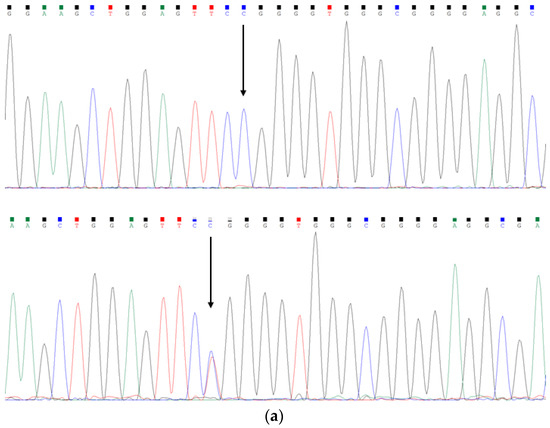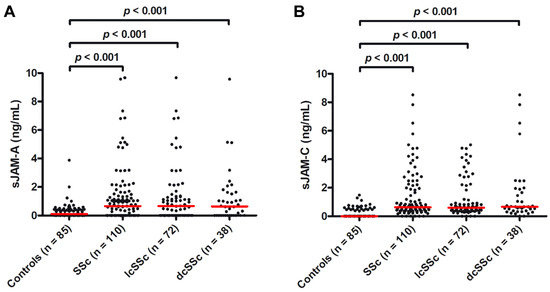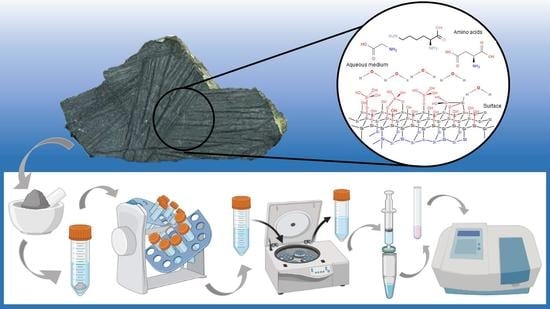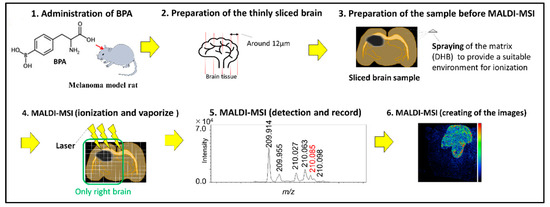Life 2022, 12(11), 1795; https://doi.org/10.3390/life12111795 - 6 Nov 2022
Cited by 36 | Viewed by 5885
Abstract
Background: Cancer is, at present, among the leading causes of morbidity globally. Despite advances in treatment regimens for cancer, patients suffer from poor prognoses. In this context, the availability of vast natural resources seems to alleviate the shortcomings of cancer chemotherapy. The last
[...] Read more.
Background: Cancer is, at present, among the leading causes of morbidity globally. Despite advances in treatment regimens for cancer, patients suffer from poor prognoses. In this context, the availability of vast natural resources seems to alleviate the shortcomings of cancer chemotherapy. The last decade has seen a breakthrough in the investigations related to the anticancer potential of dietary phytoconstituents. Interestingly, a handsome number of bioactive principles, ranging from phenolic acids, phenylpropanoids, flavonoids, stilbenes, and terpenoids to organosulphur compounds have been screened for their anticancer properties. Among the phenylpropanoids currently under clinical studies for anticancer activity, eugenol is a promising candidate. Eugenol is effective against cancers like breast, cervical, lung, prostate, melanomas, leukemias, osteosarcomas, gliomas, etc., as evident from preclinical investigations. Objective: The review aims to focus on cellular and molecular mechanisms of eugenol for cancer prevention and therapy. Methods: Based on predetermined criteria, various scholarly repositories, including PubMed, Scopus, and Science Direct were analyzed for anticancer activities of eugenol. Results: Different biochemical investigations reveal eugenol inducing cytotoxicity, inhibiting phases of the cell cycles, programmed cell death, and auto-phagocytosis in studied cancer lines; thus, portraying eugenol as a promising anticancer molecule. A survey of current literature has unveiled the molecular mechanisms intervened by eugenol in exercising its anticancer role. Conclusion: Based on the critical analysis of the literature, eugenol exhibits vivid signaling pathways to combat cancers of different origins. The reports also depict the advancement of novel nano-drug delivery approaches upgrading the therapeutic profile of eugenol. Therefore, eugenol nanoformulations may have enormous potential for both the treatment and prevention of cancer.
Full article
(This article belongs to the Special Issue New Trends in Pharmaceutical Science: 2nd Edition)
►
Show Figures













